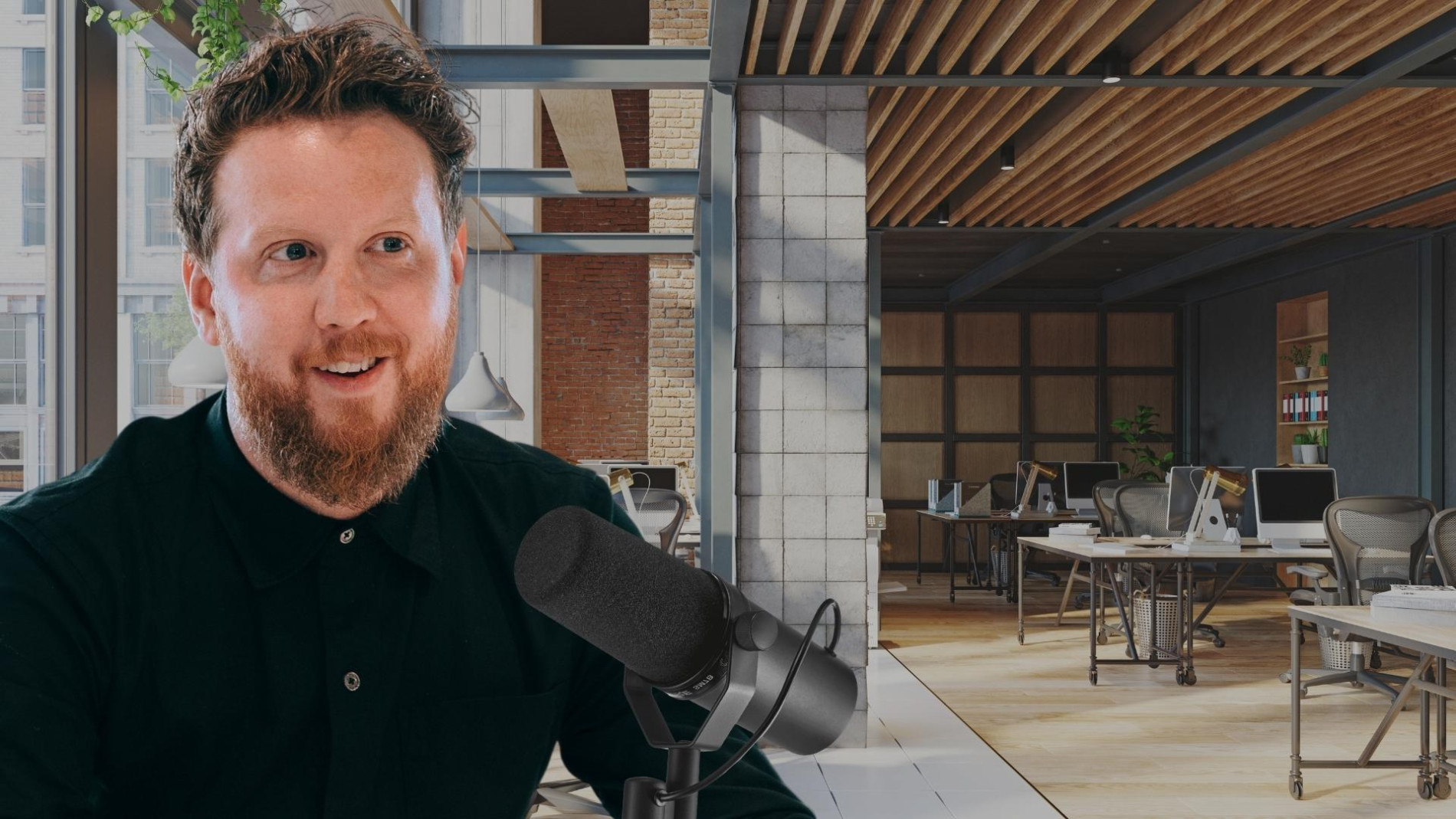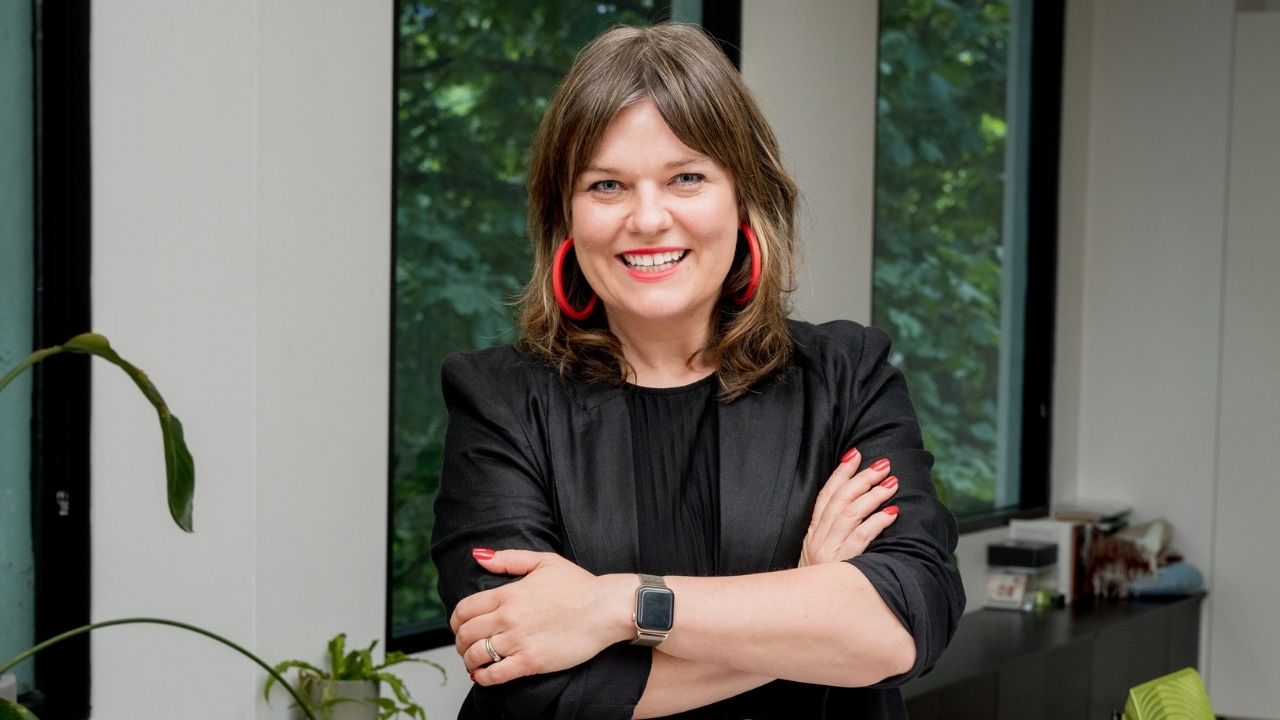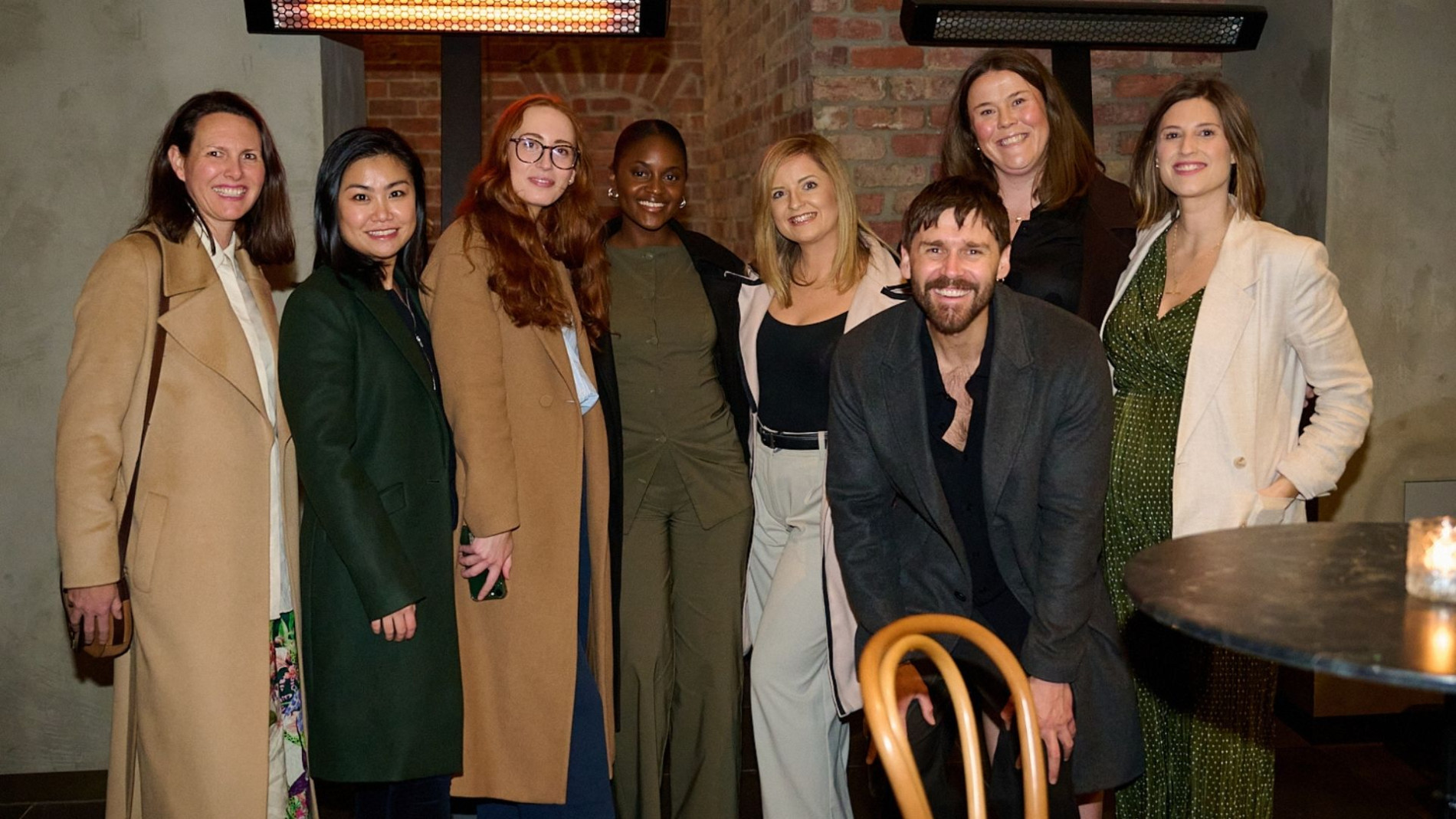
Hybrid working in the New York architecture and design industry
When it comes to the notion of the hybrid office, firms and employees are more aligned than you think. That’s among the takeaways from our recent survey of New York’s architecture and design workplaces.
Beyond the apparent alignment on hybrid working, the situation becomes more nuanced. Bespoke Careers recently surveyed 200 New York architects and designers to glean their thoughts on today’s hybrid workplace and what makes an attractive employment proposition. The results offer a window into the varied preferences across different demographics, shedding light on the interplay between flexibility, compensation, and other factors influencing job satisfaction and retention. Let’s dig into the details.
The nuts and bolts of the hybrid workplace
The dominant hybrid office policy
A staggering 90% of firms have embraced some form of hybrid working model in the architecture and design sectors, indicating a truly epochal shift in working conditions for the industry. Among these, the most prevalent arrangement is three days in the office, adopted by 52% of companies we surveyed. This is followed by a four-day in-office policy, chosen by 33% of firms.
Perhaps unsurprisingly, none of the firms we surveyed have adopted a fully remote work model as their standard policy, which could be explained by the practical demands of facetime with clients and collaborating on projects.
However, it’s worth noting that some companies do offer fully remote options to specific employees on a case-by-case basis, suggesting there is a level of flexibility tailored to individual roles and circumstances.
What do employees want?
Here is the point of alignment between firms and employees: the three days in the office schedule stands out as the top choice for both camps, with 31% of employees stating it as their most preferred option.
On the topic of fully remote working, employees and firms diverge substantially, with 23% of employees expressing a preference for this setup. Only 9% of employees prefer to be in the office five days a week, hinting at a permanent shift in employee attitudes towards traditional work patterns.
Our findings complement observations of broader patterns in office attendance. McKinsey research, for example, shows the majority of professionals in major global cities are working on a hybrid basis, with New Yorkers in the office 3.6 days per week.
Salary still beats hybrid work in architecture
Remote working options and flexibility are no doubt highly valued, although salary remains the most critical factor for employees. When asked to rank various benefits, respondents overwhelmingly prized salary over other factors.
Paid time off also emerged as a more important benefit than hybrid working options, indicating that while location flexibility is valued, compensation and time away from work still hold the most sway for employees. (For more insights into New York salary trends, download our salary guide here.)
Flexibility as a retention and recruitment Tool
The survey results also underline the role flexibility plays in retaining and attracting talent. A significant chunk of respondents (38%) indicated they would consider leaving their current position if required to increase their in-office days. This sentiment is echoed among potential candidates, where 52% of respondents stated they would reject a job offer if the company’s remote work policy did not align with their preferences.
The takeaway for firms is to keep remote and hybrid working policies front of mind in talent attraction and retention strategies. Gartner research has made related observations about the knock-on effects that location flexibility has on productivity, engagement and employee retention. It found employees who are allowed to decide when they work are 2.3 times more likely to achieve higher performance than employees without autonomy, and that autonomy makes people 2.3 times more likely to stay with their organization.
Employees remain cautious
Despite the clear preferences for hybrid and remote working, there is still some uncertainty among the workforce. Almost a quarter (22%) of professionals remain undecided about whether they would leave their current position if asked to increase their in-office days. Additionally, 9% are unsure about rejecting a job offer based on the company’s remote work policies.
This uncertainty suggests that while flexibility is important, other factors such as job security, company culture, and career advancement opportunities will certainly influence employee decisions.
Generational, gender and role splits
Demographics and job types are significant factors in choices of working arrangements, indicating the influence of lifestyle, personal commitments and job responsibilities on how people want to work.
Age
Younger employees (25-34 and 35-44 years old) show the strongest preference for remote work flexibility, with many favoring fully remote arrangements or just 1-2 office days per week. Younger workers value the freedom that remote work offers.
Mid-career employees (35-44 and 45-54 years old) exhibit a more varied set of preferences. This group includes individuals who are equally split among remote, hybrid, and in-office work models, hinting at the variety of living arrangements and family commitments experienced by these age groups.
Older employees (55-64 years old) lean mostly towards putting in hours at the office. Yet a segment of this group also desires hybrid schedules, indicating that flexibility is appreciated across all age ranges, even if the extent varies.
Gender
Women overwhelmingly prefer location flexibility, with higher percentages wanting fully remote or hybrid schedules compared to men. This highlights the importance of work-life balance and flexibility for women in general, as many juggle multiple roles both at work and home.
Men are more balanced in their preferences, with more indicating they’re open to majority in-office schedules (3 days or more) compared to women.
Notably, despite these differences, both genders indicate they would consider leaving their roles if required to increase their presence in the office beyond their preferences.
Job title and firm size
Many Interior Designers across all experience levels want to work remotely or with only 1-2 days in the office. Interestingly, more designers prefer fully remote or hybrid working arrangements compared to Architects.
Amongst Architects, we see more variation, with a sizeable portion preferring a hybrid 2-3 day in-office model. However, there are also many Architects in Associate and Intermediate roles, who want to fully remote work. Meanwhile, Principal / Partner Architects are inclined towards 3 or more days in the office.
Hybrid working policies are common across all firm sizes although smaller firms (11-50) show more flexibility in work arrangements than larger firms.
Experience level
There is a correlation between the gradation in seniority and the desire to be in the office on most days, our findings suggest.
Associates and Intermediates demonstrate the strongest desire for flexibility, with many preferring fully remote or just 1-2 office days per week. They are also most likely to leave their positions if required to increase in-office days.
Whilst seniors are more split, with a large portion wanting 2-3 office days per week, a sizeable portion still prefer fully remote work.
Very few people in Principal or Partner roles want a fully remote position and skew towards a minimum of 3 office days per week.
Final thoughts
The expectations for hybrid and even remote work are now ingrained among New York’s architecture and design community. For employers, an ongoing balancing act may be required, but is necessary for effective talent attraction and team engagement.
With an election looming, there’s evidence that some firms are unsure of hiring decisions until the nation has determined who’ll be the next President. At Bespoke Careers, we connect daily with architects and designers, and firms and studios, advising them on important career and hiring decisions. For help and guidance with expanding your team or finding your next role, please get in touch with us – we’d love to help.


Looking to hire top talent
 or advance your career? Let's talk.
or advance your career? Let's talk.
We connect exceptional firms with talented professionals.
Let’s discuss how we can help you achieve your goals. Get in touch with the team today.
Related Posts

Architects and designers in Australia have a wide range of events occurring in 2025. From networking events, opportunities for learning and even some socialising, the calendar is shaping up to be a varied and interesting mix of events.
We asked a panel of industry leaders about the impact hybrid work is having on our industry and the people within it.
Are you an architect struggling to make your portfolio stand out in a sea of competition?
We’ve gathered insights from top industry experts to bring you the ultimate guide to crafting an architecture portfolio that will catch the eye of recruiters and potential employers.









